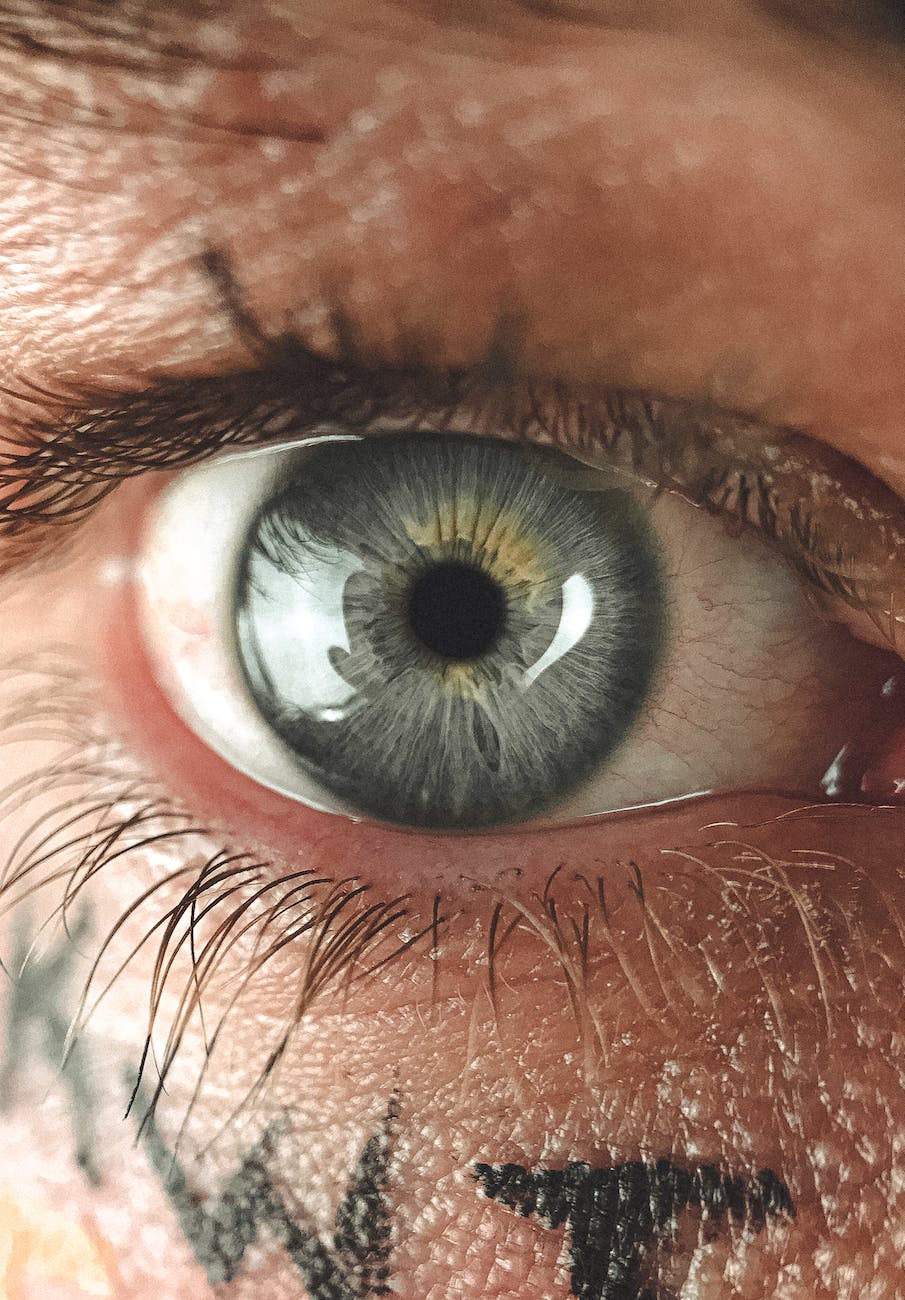

Seeing Through Their Eyes
DAY TO DAY IMPROVISATION is a collection of exercises anyone can do almost anywhere to practice their improvisation skills every day during their daily lives.
In workshop after workshop I’m amazed to see improvisers pause before leaping into a scene as they try to figure out what’s going on. They doubt their impulses, wanting so much to get it right that they miss the moment.
I’m not advocating that people should force themselves to act mindlessly fast. I’m suggesting that their brains work much faster then they give themselves credit for. Improvisers should learn to trust that amazingly fast intuitive reaction as scary as it might feel. We don’t leap from airplanes because it will calm our nerves. Trust that you have a built in parachute IF you need it.
MICRO SECONDS TO FALL IN LOVE!
According to a study Syracuse University neurologist Stephanie Ortigue, it only takes one-fifth of a second to fall in love.
ONE FIFTH OF A SECOND…
Collaborating with a university hospital in Switzerland and a group from West Virginia University showed that we feel and “experience” these realities much faster than we are aware of. The important word is, “FEEL”. We feel it.
We don’t see it, think about it, formulate a reaction to it, or prepare reactions to it. (like many improvisers do). Fear and doubt are the biggest inhibitors that turn our inner, quick-reacting reality into this inner hesitant mental discussion.
Improvisers could bypass the filters and dive into the reality much more effectively if they would trust what they see.
In the first quick seconds that we glance at someone we have judged them on qualities of confidence, sexuality, education, and numerous other aspects of their reality.
Where the audience, in their relaxed state, has decided that the couple on stage are business partners and the woman is the boss of an underachieving subordinate who probably hasn’t graduated from high school, the improvisers are still deciding how they should stand and deliver their first line.
To improve this skill the 1st thing you should know is that you are already good at it. You use the skill every day. The problem is that fear response overrides action instinct. You don’t trust the feeling is worth reacting to so you play the game of doubt and alternate possibilities in your head.
So let’s consciously practice every day to see who people are and what they are doing with only a glance. And we can start with one point of focus on those around us; THE EYES. Try this…
Day to Day activity: See Through their eyes!
BENEFITS:
- Get more confident with seeing and recognizing what it is you see in others.
- Work on intuitive stories based on offers that exist in fractions of a second.
- Trusting the emotional choice you make in the moment you make it.
When and Where to practice: Whenever and Wherever you are around others
PROCEDURE:
Whether you are sitting at a coffee shop, commuting home on a bus or just waiting in line at the store, look at people’s eyes.
Recognize that you’ve already made some judgment on this person. If they are looking at their phone, your eyes have made micro glances at their mouth, their forehead, their eyebrows, etc. Whether you are aware or not, you’ve made decisions about their emotional state and general reality.
The hard part of awareness is consciously reacting to it. So, Answer the question, WHY are they looking at what they are looking at? And WHY do they feel the way they do? Answer yourself confidently.
- That person has just read a flirtatious comment on Tinder.
- That person got bad news about her job.
- That person is staring blankly because he just got out of a mind-bending discussion about physics and reality.
It doesn’t matter whether you are right or wrong. It doesn’t matter that you will never know whether you are right or wrong. Just practice expressing what you see about what others see.
This will pay off in the future peopleask you “ARE YOU READING MY MIND? when you express what you think they are feeling or thinking about. On stage, it allows you to react physically instead of mentality getting tied up in knots.
Someone stares at a note sadly and you offer them a tissue to dry their eyes and say, “He was probably not worth it if he wrote it in a note.”
If you are a spy or in the military, this is essential training to understand the difference between eyes looking at you maliciously or innocently.
THE SCIENCE of YOU:
- “People make assumptions about your personality based on a quick scan of your clothes and general appearance.
- They also make inferences on how successful you are based on what you’re wearing, and how aggressive you are based on the shape of your face. “
Above: Business Insider gives you a hint about 12 things that others judge about you in seconds.
“Everyday life is full of situations that require us to take others’ perspectives — for example, when showing a book to a child, we intuitively know how to hold it so that they can see it well, even if it is harder to see for ourselves. Or when performing before an audience, we often can’t help but picture how we will look to the other people.”
Above: Science Daily gives us an idea about how we all see through each other.



